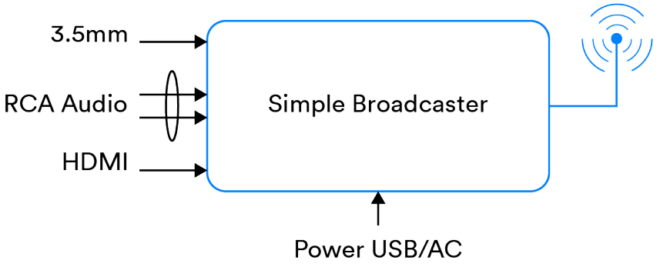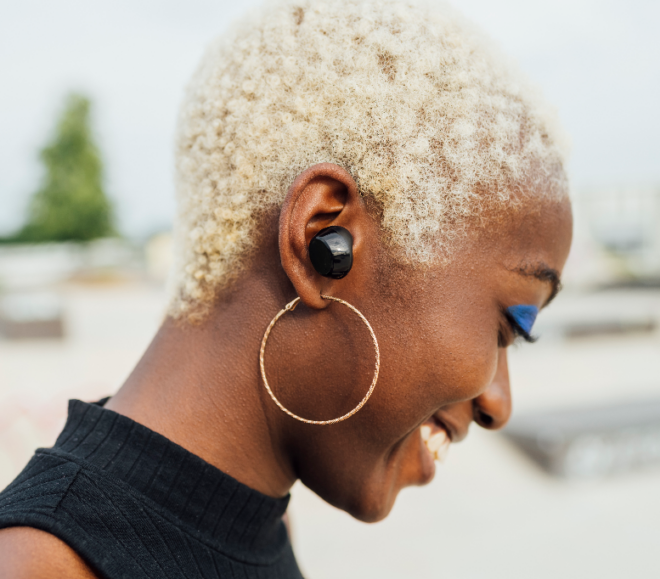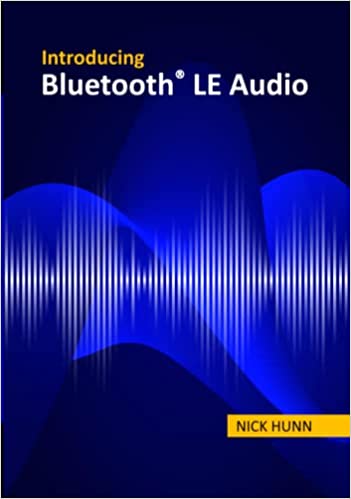
Over two decades ago, the emergence of Bluetooth® technology created the wireless audio market, eliminating the need for cables in audio transmission. Since then, Bluetooth audio has gradually become an integral part of people’s daily lives, fundamentally changing the way we experience audio. Though mature, the wireless audio market is hardly done growing, and the Bluetooth community never stops its pursuit of excellence in audio innovation. Bluetooth LE Audio, the next generation of Bluetooth audio technology, will significantly improve the performance of Bluetooth audio, will add support for Bluetooth hearing aids, and will introduce Bluetooth Audio Sharing, a powerful new use case that will once again change the way we experience audio and allow us to connect to the world like never before.
The emergence of Bluetooth LE Audio has inspired innovation in Bluetooth applications and created new market opportunities. Xiaomi, a major global smartphone manufacturer, is committed to providing the best audio experience through advanced technology that brings a better life to people around the world. Recently, I had an opportunity to talk with Mr. Chen Canfeng, director of Xiaomi’s standard and new technology department, about the technical features and advantages of Bluetooth LE Audio and gain insight into the future of audio development.
We believe that Bluetooth LE Audio has great potential for smartphones, smart TVs, smart speakers, Bluetooth® headsets, wearable devices, broadcast audio devices, hearing aids, and other applications.
Q&A with Chen Canfeng from Xiaomi
What existing market challenges will Xiaomi be able to address by adopting Bluetooth LE Audio?
Bluetooth LE Audio will help us solve two major challenges in developing true wireless stereo (TWS) headsets, audio coding of the current TWS Bluetooth® headsets and higher latency of existing coding. The Multi-Stream Audio and Low Complexity Communications Codec (LC3) features of Bluetooth LE Audio enable true high-quality audio streaming. Field tests show that, compared to SBC coding, the bit rate of LC3 is half that of SBC, but THD/SNR and other indicators are improved and better than SBC.
We are excited to launch our first Bluetooth LE Audio-ready TWS headset, the Redmi AirDots 3 Pro, which will be leveraging the LC3 codec right away. Combined with the Redmi Note 10 Pro smartphone, it will be capable of reducing the full-link latency to 69ms, a significant improvement compared to previous generations of wireless headsets.
What existing market challenges will Xiaomi be able to address by adopting Bluetooth LE Audio?
With Bluetooth LE Audio, Redmi AirDots 3 Pro, our first Bluetooth LE Audio-ready TWS (true wireless stereo) headset, will solve two major problems: audio coding of the current TWS Bluetooth® headsets and higher latency of existing coding. It will use Bluetooth Multi-Stream Audio and the Low Complexity Communications Codec (LC3) to enable high-quality audio streaming. Field tests show that, compared to SBC coding, the bit rate is half that of SBC, but THD/SNR and other indicators are improved and better than SBC.
What are your considerations for adopting Bluetooth LE Audio, and what are the technological advantages?
Bluetooth LE Audio, the next-generation Bluetooth® audio technology, introduces innovations and opportunities in new technology areas for Bluetooth products, especially for the TWS Bluetooth headsets. Xiaomi is adopting Bluetooth LE Audio in its products mainly for the following advantages:
Bluetooth LE Audio…introduces innovations and opportunities in new technology areas for Bluetooth® products.
-
- Bluetooth Multi-Stream Audio brings a completely independent communication link for the headset to enable synchronous transmission of signals and reduce communication latency. It is an ideal Bluetooth communication protocol for the TWS Bluetooth headsets.
- LC3 enables higher sound quality, lower power consumption, and reduced latency. LC3 delivers high sound quality even at low data rates, enabling better trade-offs between key product attributes such as sound quality and power consumption in product design. The low complexity of LC3 combined with the lower frame duration allows for lower Bluetooth transmission latency.
- Xiaomi products will utilize Bluetooth Broadcast Audio to enable broadcast-based Bluetooth Audio Sharing.
Why is standardization so important, and how will Bluetooth LE Audio leverage its diverse technical features and application scenarios to scale up the development of the audio market?
Bluetooth LE Audio will not only improve Bluetooth audio performance in TWS Bluetooth headsets, it will also enable Bluetooth Audio Sharing. It is a new use case that will once again change the way we experience audio and connect to the world. Bluetooth LE Audio leverages its diverse technical features to provide robust support for the market in Bluetooth headsets, simultaneous interpretation, assistive listening, and more. By adopting the unified Bluetooth LE Audio standard and certification, connectivity and interoperability between different brands of phones, headsets, and other smart home products are ensured.
In summary, we believe that Bluetooth LE Audio has great potential for smartphones, smart TVs, smart speakers, Bluetooth headsets, wearable devices, broadcast audio devices, hearing aids, and other applications.
![]()
FEATURED INNOVATION
Bluetooth LE Audio
Bluetooth® LE Audio will enhance the performance of Bluetooth audio, add support for hearing aids, and introduce Audio Sharing, an innovative new Bluetooth use case with the potential to once again change the way we experience audio and connect with the world around us.



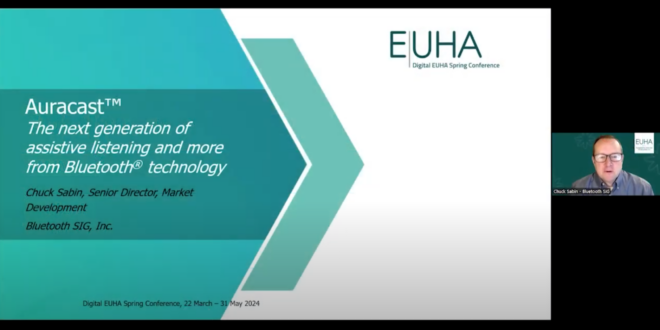
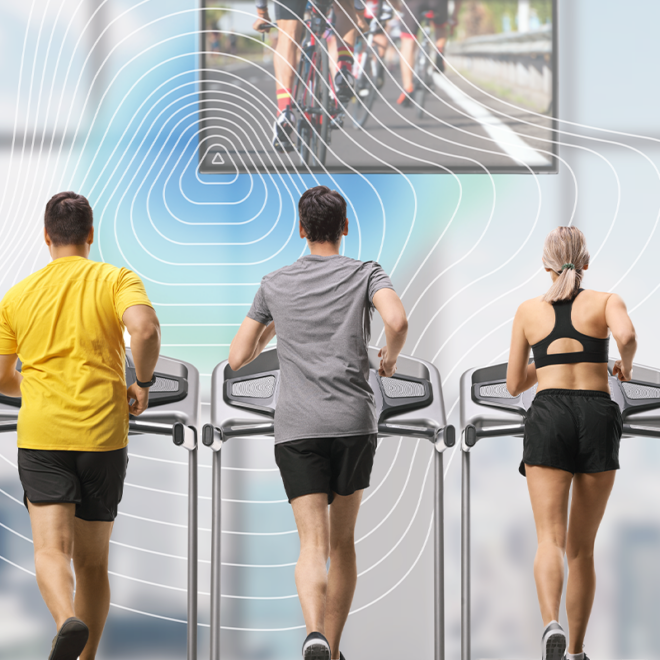
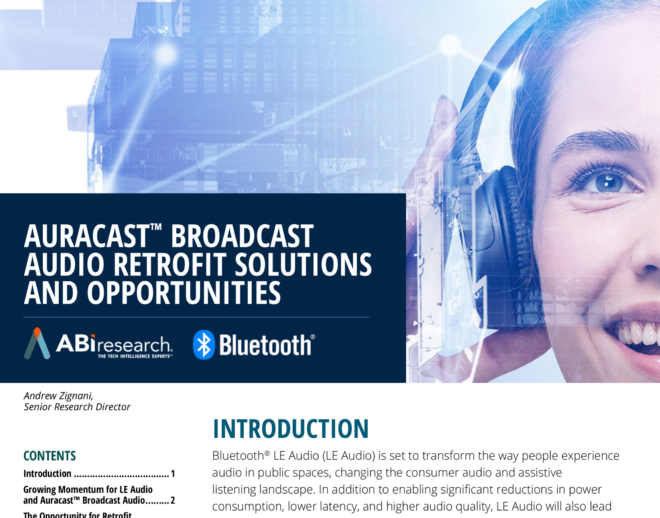
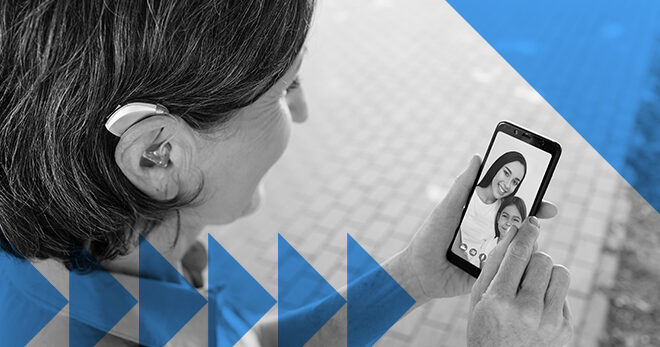
![packetcraft logo tagline[1]](https://www.bluetooth.com/wp-content/uploads/2024/03/packetcraft_logo_tagline1.png)

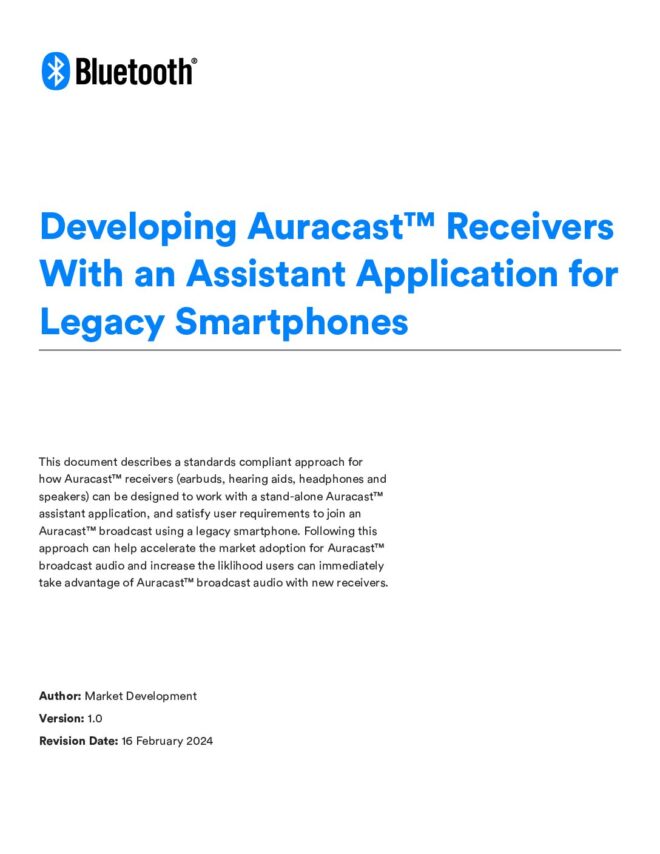
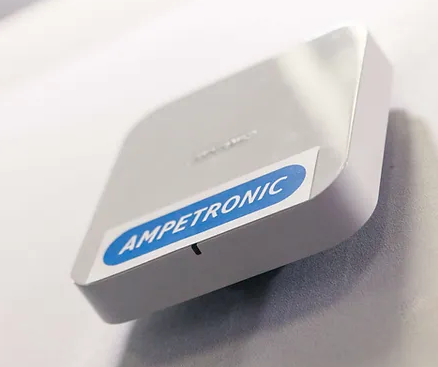
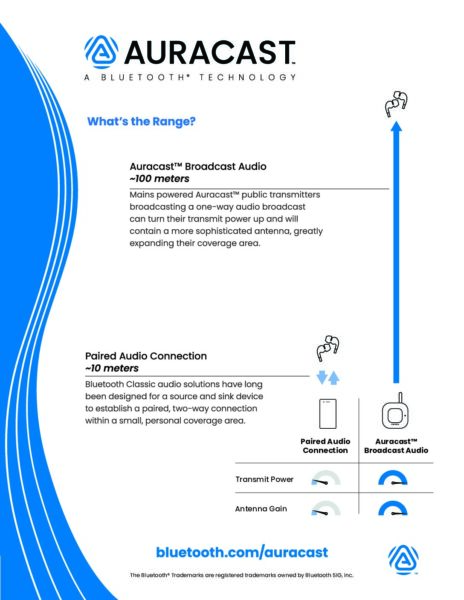
![2312 CES Handout Images FINAL existing pdf 464x600[1]](https://www.bluetooth.com/wp-content/uploads/2024/01/2312_CES_Handout-Images_FINAL-existing-pdf-464x6001-1.jpg)
![2312 CES Handout Images FINAL unlimited pdf 464x600[1]](https://www.bluetooth.com/wp-content/uploads/2024/01/2312_CES_Handout-Images_FINAL-unlimited-pdf-464x6001-1.jpg)
